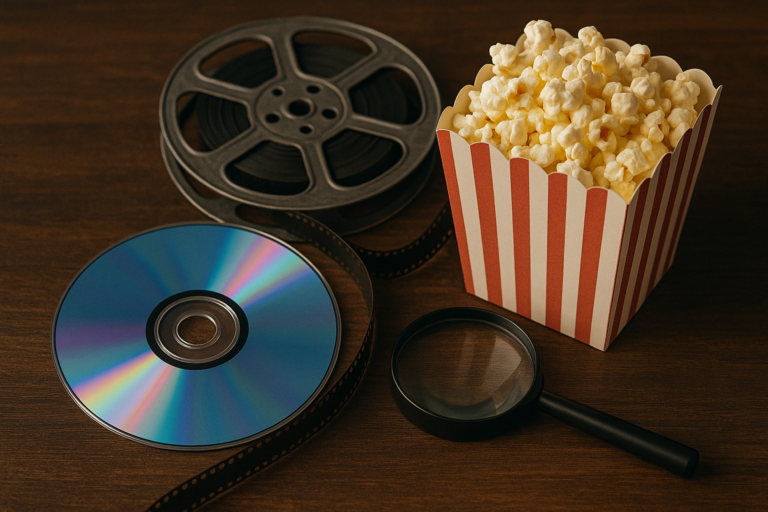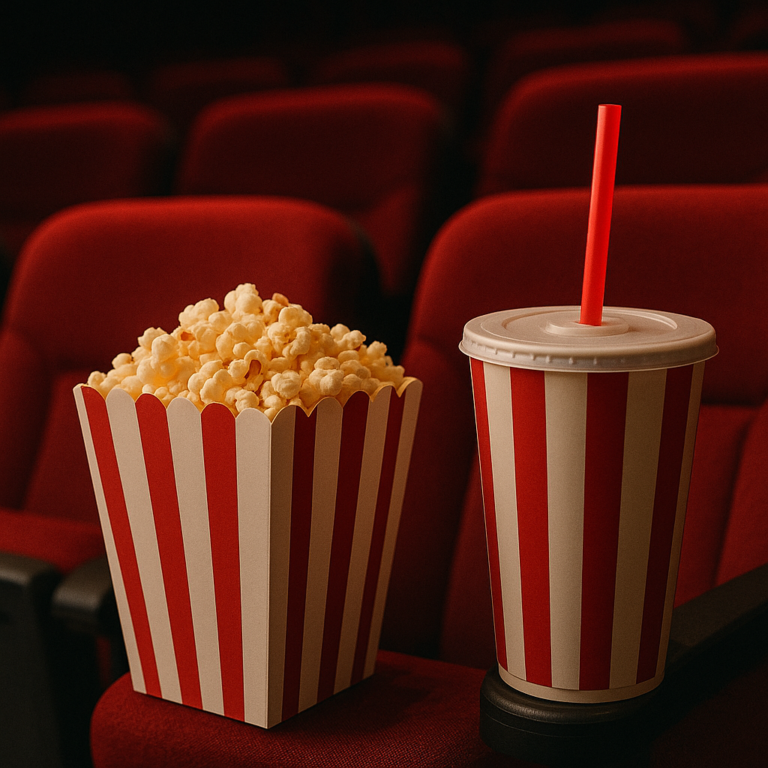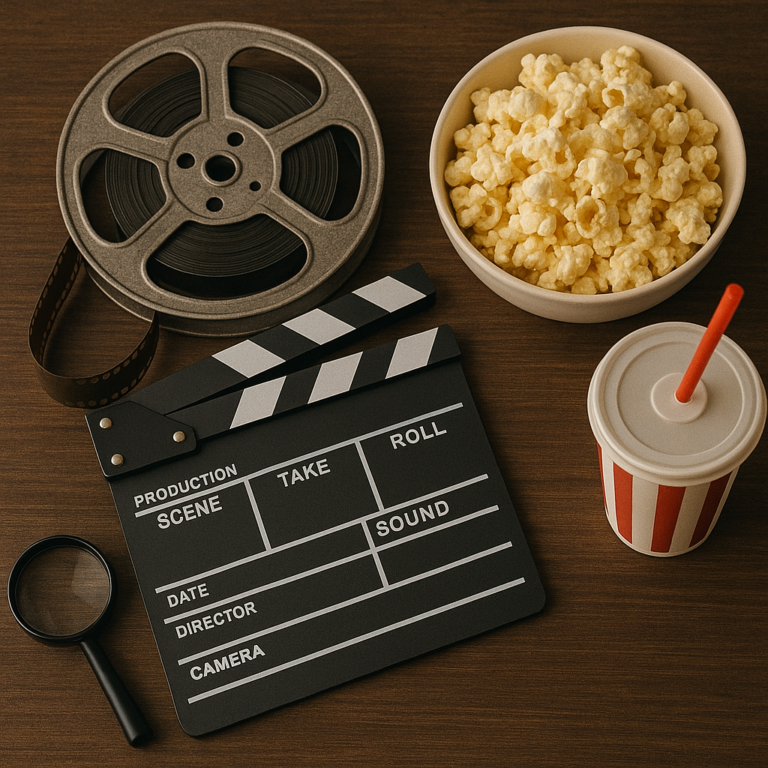**Film Editing Techniques Explained: How They Shape Stories**
Film editing is the backbone of storytelling in movies and television. It’s the process of taking raw footage and turning it into a cohesive, engaging narrative. Here, we’ll explore some common film editing techniques and how they shape the story.
### Continuity Editing
Continuity editing is all about creating a seamless narrative flow. It ensures that the story moves smoothly from one scene to the next without any jarring transitions. This style is crucial for maintaining spatial and temporal consistency, making it easy for the audience to follow the story. Imagine watching a movie where the characters’ clothes and surroundings change suddenly without explanation; that would be confusing and disrupt the flow of the story. Continuity editing prevents such disruptions, keeping the audience engaged and focused on the narrative.
### Montage
Montage is a powerful editing technique used to convey a collection of ideas or the passage of time. It involves piecing together a series of shots to create a cohesive sequence. For example, in the movie “Up,” the opening montage depicts the life story of Carl and Ellie, beautifully capturing years of their marriage with minimal dialogue. This technique is often used to build excitement or to highlight thematic ideas, making it an essential tool for filmmakers.
### Jump Cut
Jump cuts are used to create a dynamic and energetic effect by abruptly moving to dialogue or action within the same scene. This technique can be jarring, but it’s often used to draw attention to the constructed nature of a narrative. Imagine watching a scene where the camera suddenly cuts from one character to another without showing any transition; that’s a jump cut. It’s like a quick pause in the action, making it stand out and adding to the overall impact of the scene.
### Parallel Editing (Cross-Cutting)
Parallel editing, also known as cross-cutting, involves alternating between two or more scenes happening simultaneously in different locations. This technique is used to create suspense or develop multiple storylines concurrently. For instance, in “The Godfather,” cross-cutting is used to show contrasting events happening at the same time, adding to the tension and complexity of the story.
### Match Cutting
Match cutting is designed to create a visual link between consecutive shots. It involves linking shots through motion or form to maintain narrative cohesion. Imagine watching a scene where a character is walking and then suddenly cuts to another character walking in the same direction; that’s match cutting. It ensures that the audience’s attention is directed seamlessly from one narrative beat to another, contributing to both storytelling efficiency and aesthetic pleasure.
### Insert Shot
An insert shot is a technique that shifts focus to a specific object or detail within a scene to highlight its importance. For example, if a character is talking about a book, an insert shot of the book would help the audience understand what they’re discussing. This technique is used to add depth and clarity to the narrative, making it easier for the audience to follow.
### Cutaway
A cutaway is an editing component that diverts attention to a different scene, typically implying simultaneous or linked action. Imagine watching a scene where a character is talking, and then suddenly cuts to another character doing something related; that’s a cutaway. It helps to add variety to the scene and keep the audience engaged.
### Slow Motion
Slow motion is used to generate heightened emotional impact or amplify dramatic moments by slowing down time within a scene. Imagine watching a romantic kiss in slow motion; it makes the moment feel more intense and memorable. This technique is often used in action scenes to highlight dramatic moments and make them more impactful.
### Practical Exercise: Changing Editing Style
Experimenting with different editing styles can be a fun and creative exercise. Take a known scene and try changing the editing style. For example, if you have a scene that uses continuity editing, try turning it into a montage. See how the story changes and how the audience’s perception of the scene shifts. This exercise can help you understand the power of


